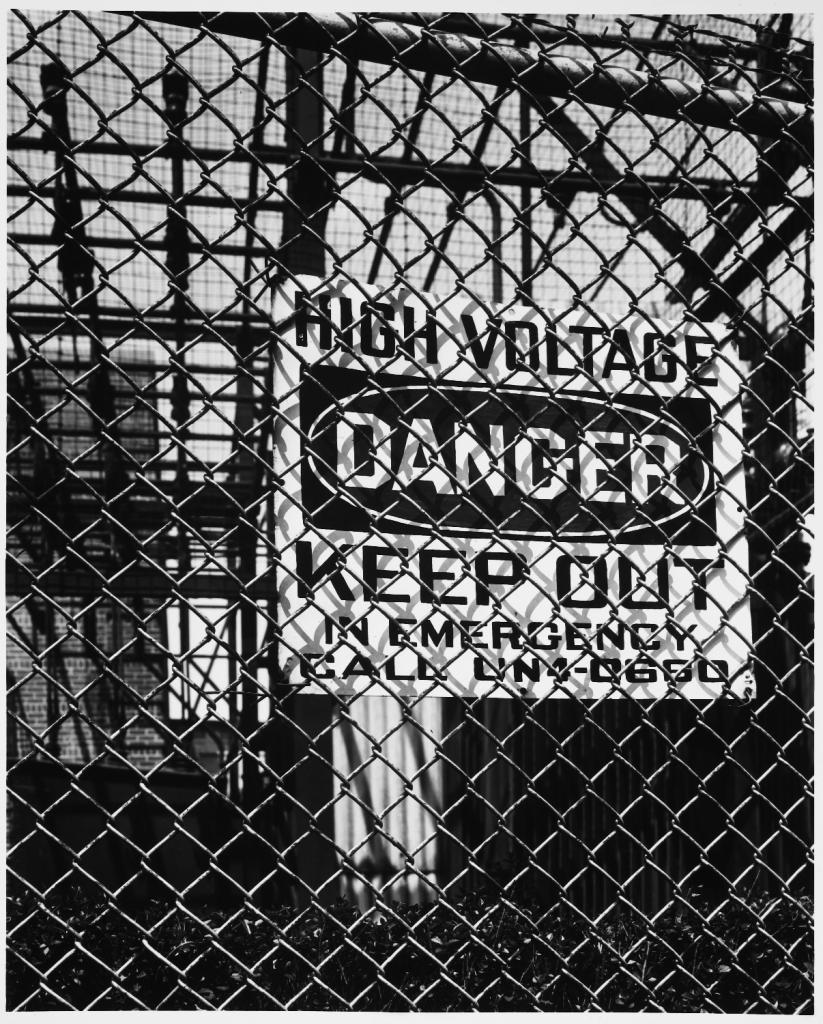Electrical Safety in the Workplace: the story of Tim Martin
Tim Martin was one life cut shot by unsafe working methods.
Speaking at a Safe Work Australia Month event in Brisbane, Tim’s father Bill Martin, spoke of his son’s cheeky friendliness and bright potential. At the age of 17, Tim was only a second year electrical apprentice when he was tragically killed by overhead power lines.
Simple safety measures could have prevented this incident. In 1999, Tim was operating an elevated work platform when he came too close to high voltage power lines. A huge electrical current arched across the gap between the platform and the wires, electrocuting Tim and leaving him with severe burns to most of his body. Barely a month later, Tim died in the intensive care unit of a Brisbane hospital.

The unfortunate fact is that Tim’s tragic death is not an isolated incident. Approximately four people are killed in electrical incidents every year and more than 3000 workplace accidents are reported to the Electrical Safety Office in that same time period. These figures are a result of poor safe work habits. In the case of Tim’s death, several mistakes were made:
- The vehicle Tim operated was parked in an exclusion zone
- The correct personal protective equipment (PPE) was not used
- As an apprentice, Tim was too inexperienced to operate the elevated work platform within close proximity to overhead power lines
- Tim’s supervisor was not properly observing the high risk work being conducted
In his speech to a Safe Work Month event, Bill Martin spoke of a culture in the electrical industry that normalises close calls with electrical work hazards. Terms like ‘getting zapped’ or ‘feeling a belt’ serve only to downplay the inherent risks that come with electrical work. In turn, this leads a safety culture not fully equipped to prevent the worst case scenario.

“Safety is about relationships, not rules.”- Bill Martin.
between various stakeholders when it needs to be the most. In the case of Tim, the required PPE and insulation gear was not worn because the need for it was not properly communicated. As Bill Martin said, “safety has got to be embedded into the DNA of a business.” Such an approach could very well ensure all levels of an organisation are aware of their responsibilities and roles – a goal that paperwork and risk assessments cannot achieve on their own.
When we witness the heartache and pain caused by the loss of life – especially that of a young worker – the seriousness of not just electrical safety but safe work practices more generally, becomes clear. Bill Martin’s speech emphasised a different way to think about work safe procedures. Rather than approach it as a series of forms needing to be completed, Bill promoted a view that holds safety as just another aspect of work.
For more information, you can watch Tim’s story here. If you would like more details on Safe Work Australia Month 2014, visit their website.

